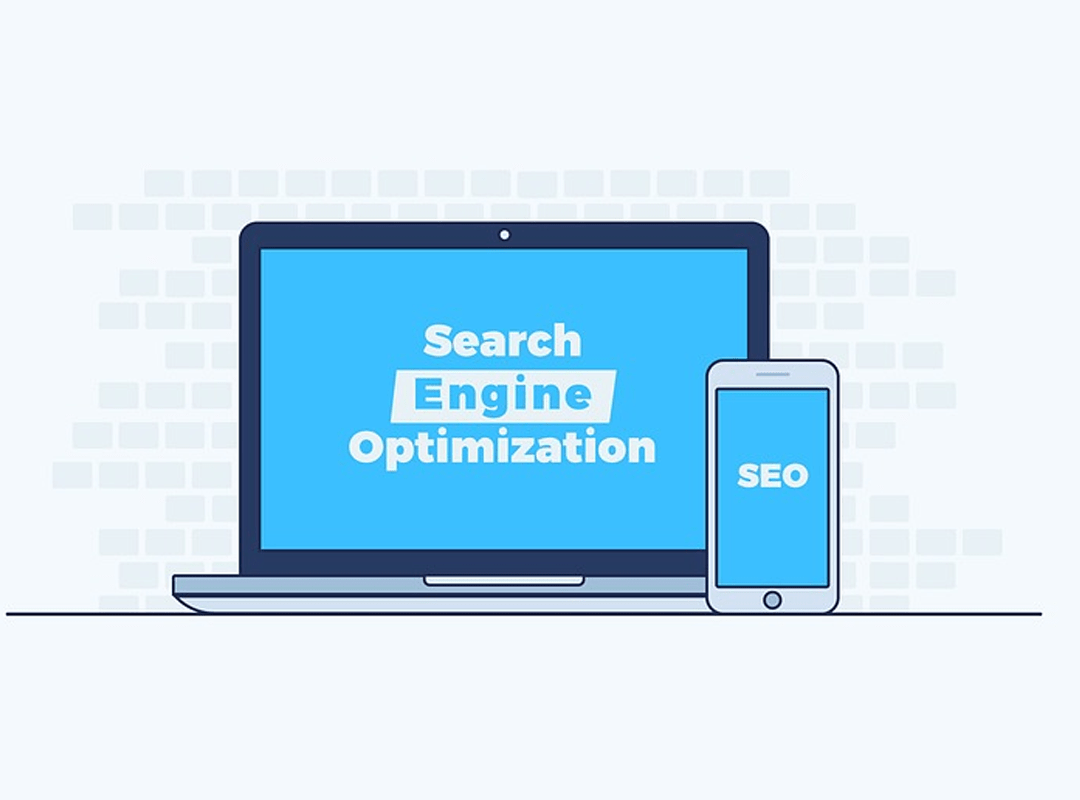With constant developments being made in technology, it is hard to deny the fact that there is an increased need for various applications, and with that also comes the need for API and API Gateways. Of course, if you are not familiar with a lot of software terms, then these words might go straight over your head. If this is the case, then don’t worry as in this article, we have discussed in detail what an API Gateway is and whether or not you should be using one.
API Gateway is important in today’s digital world. It is a link between the backend services and a client and serves the purpose of transmitting various requests and responses. To survive in this competitive world, you must know what is an API Gateway and how you can use it.
1. What Actually is an API Gateway?
An API Gateway is a part of API management. It is a link between the backend services and a client (otherwise known as a requester) in order to transmit various requests and responses. The gateway can receive calls and then aggregate services in order to fulfil them efficiently and return a result. API Gateway examples can be found on Kong HQ if you are interested in implementing them; they cover the basics that you need to know and using them is important when it comes to your overall API security. In this competitive and digital world, it is crucial to understand what is an API gateway and how you can make the best use of it.
2. Why Would You Need an API Gateway?
The reason you would need to use an API Gateway is that it is able to provide a completely unified entry point across a number of internal APIs. This means that you have the ability to control user access, and it allows you to enable multiple security measures, such as rate limiting. To make use of API gateways, you must first understand what is an API gateway. It applies security policies too, so security in general is improved. Overall, if you have a microservice, then an API Gateway is very important when it comes to keeping it secure. Read this blog on WHAT ARE THE SECURITY MEASURES FOR A WEBSITE: 9 KEY THINGS to have an in-depth understanding of the crucial security measures for your website. To make the best use of the API gateway, you must know what is an API gateway and its key features. There are a number of core features that can be implemented within an API gateway, but generally speaking, they are created and focused around four specific features. These include:
- Security: The different types of security covered include protocol translation and management, as well as HTTP, HTTP/2, WebSockets, gRPC and TCP.
- Authentication and authorization: Authentication and authorization include the likes of LDAP authentication, oAuth2 authentication, OpenID Connect (also referred to as OIDC), HMAC authentication and JWT authentication too.
- Management of traffic: There are various different ways that online traffic can be managed and API Gateways account for a great number of them. These include the likes of blue/ green and canary deployments, stickiness, active health checks, distributed rate limiting, traffic mirroring and middleware.
- The observation of traffic: Finally, the various ways that traffic can be observed are also achieved using an API Gateway. These include the likes of having a cluster-wide dashboard, as well as using distributed tracing (such as Open Tracing, Zipkin and Jaeger). Finally, it can provide support for third-party monitoring platforms (which include the likes of Datadog, Grafana, Prometheus and InfluxDB).
It can clearly be seen when considering the above that an API Gateway has a number of uses that can benefit you. As such, it could be worth using one. Therefore, you must understand what is an API Gateway in order to make effective use of it.








